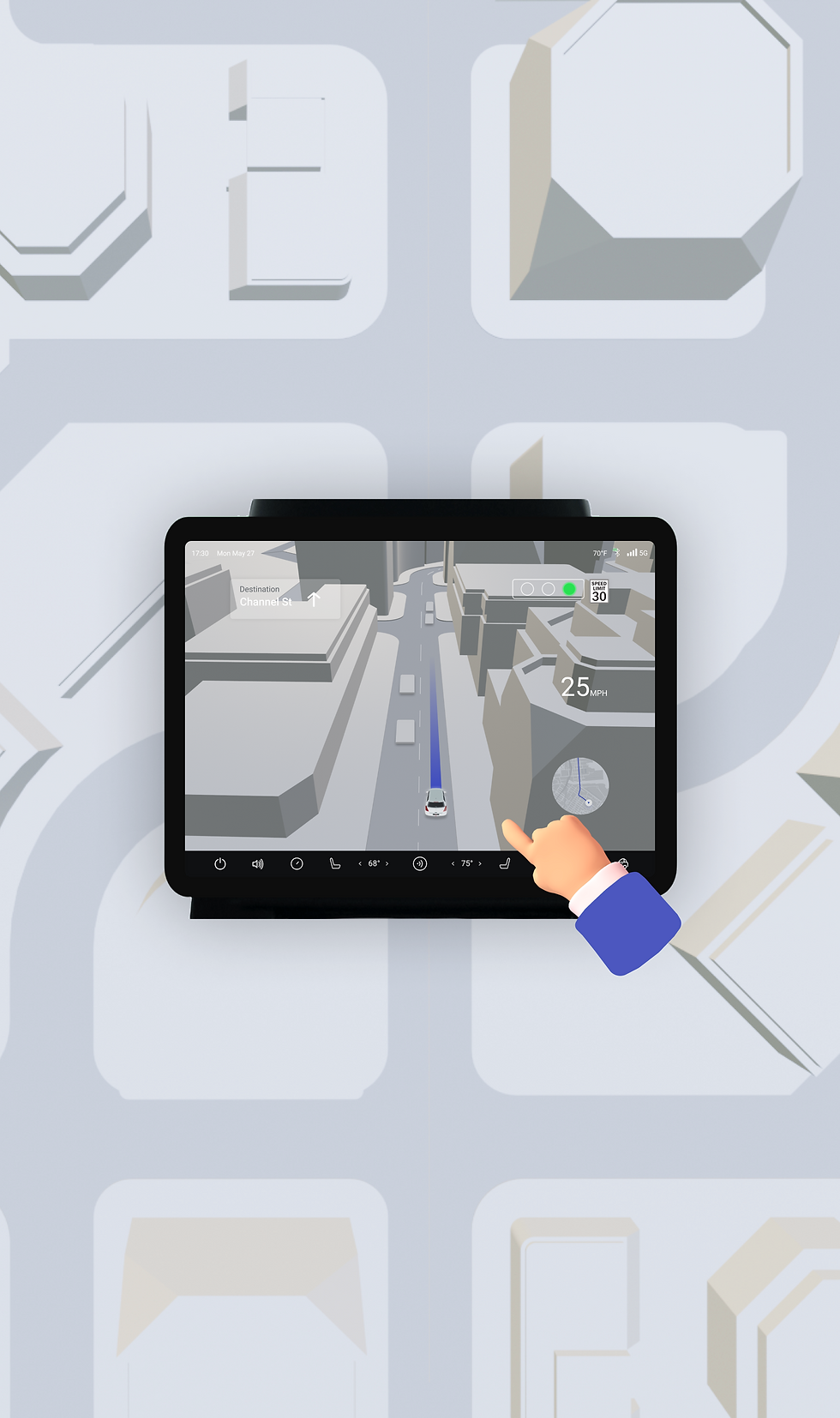
Wireframes

Role
UX Designer
Sep 2020 - Dec 2020
Timeline
User Research
Skills
Ideation
UX/UI Design
Prototyping
Figma
Miro
Tools
NewsTector
NewsTector provides a useful tool for users to evaluate and validate the authenticity of online news and helps them locate reliable sources. The project involves a team of 3 designers to perform a series of research, interviews, surveys, ideation, and prototyping to refine the product.
Living in a fast-changing world today, people are surrounded by mass information that has deeply influenced our behaviors and perceptions of the world, and it becomes critical to pay close attention to the misinformation/fake news and address the sources which may become a threat to democratic processes and jeopardize social stability and equality.
Background
Teams
This is a team-based project which includes 3 researchers and designers to contribute differently during the process. Prior to conducting the primary research, each of us has discussed and put specific concentration on certain topics and all worked altogehter to build the final version of the product.




Storyboard
Ideation
Following the research, the team continues to analyze how fake news may impact people's perceptions and attitudes differently, and how different individuals may react to the fake news. A storyboard was then created to gather more thoughts of how people may interact with fake news through different circumstances and serves as a way to visualize the problem statement and solutions in a more dynamic way. In addition, it provides an opportunity to discover more inspiration to begin the design process.

Features Prioritization
-
After developing some of the features of the tool, the concept of building a browser-based application becomes the main direction of designing the prototype as many current news media platforms tend to be online
-
It becomes essential to design an application that minimizes bias and prevents services that are largely in the hands of single application-owned monopolies
-
Creating the user flow permits us to read through the sequence of the tool in a clearer way and introduces the key concepts and functions of the prototype.

User Flow
Design
Additionally, we decided to take the approach of encouraging people to think critically and consume news as responsible citizens of the world. Hence the approach taken was to build an algorithm that generates counter questions rather than facts and thus forces the reader to question their own biases.
The web extension analysis page shows the overall numbers of the selected source based on crowdsourcing data and reviews

Analysis
Provides details and experiences of the author who creates the article with rating information
Author Details

For news that contain images, the extension provides the image verification function analyzing the image authenticity based on AI detection
Fast Check

The archive page stores user’s archived file with news verification, and ensures users can access their files coherently
Archive

The related article page allow users to compare the similar news from different media sources, which provides different viewpoints of the topic
Related Article


Research
Brainstorming
We started brainstorming and coming up with words/events that are associated with “Fake News.”

After brainstorming carried from the class, we refined our map and put out all related words into a new mess map.
8
participants compare similar sources to verify the news
66.7%
of the participants check news daily
of the participants may often suspect the news
91.7%
Results




After collecting the responses to the surveys, we continued the primary research including a series of interviews and behavioral experiments on participants who share diverse backgrounds to find out about their attitudes and concepts about fake news.
The question now arrived that how do we form questions that would not dictate the other person’s opinion in any form. It should encourage them to reveal not just their “expected answers” but what they really feel about it.
Surveys:
Allowed people to remain anonymous and provide information at their own convenience. An online survey has been made and collected a total of 12 responses from the participants.
In-Person Interview:
We got the opportunity to speak to a journalist in India who is quite vocal about the ruling party and exposing their agendas. We decided on an in-person interview with her since she could provide us answers to questions we never managed to frame.
Behavior Experiment:
We followed a few accounts on Social media and Whatsapp groups to follow the spread of fake news. For this, we created a small experiment that involved creating fake news that was spread into Whatsapp groups.
Each research method provided both quantitive and quality data on how people perceive fake news and allowed us to gain insightful results and findings.
Reflections
After completing the current version of the application, we noticed there are still some challenges remainings and other observations that could be beneficial for future iterations. Speaking of the future direction of the project, a usability test on the product should be performed in order to gain a more thorough insight into how users may actually interact with the prototype. In order to finalize the project, several tasks could be included in the next step:
-
Building up multiple versions of the application such as iOS and Android so it performed consistently across different platforms
-
Arrange a diverse background of participants to use the prototype and actively collect feedback and thoughts during the usability testing
-
Keep exploring the new opportunities in the current technology and discussing the principles of combating fake news



